Which animals are most likely to survive climate change?
Even the toughest species might have a limit under climate change.
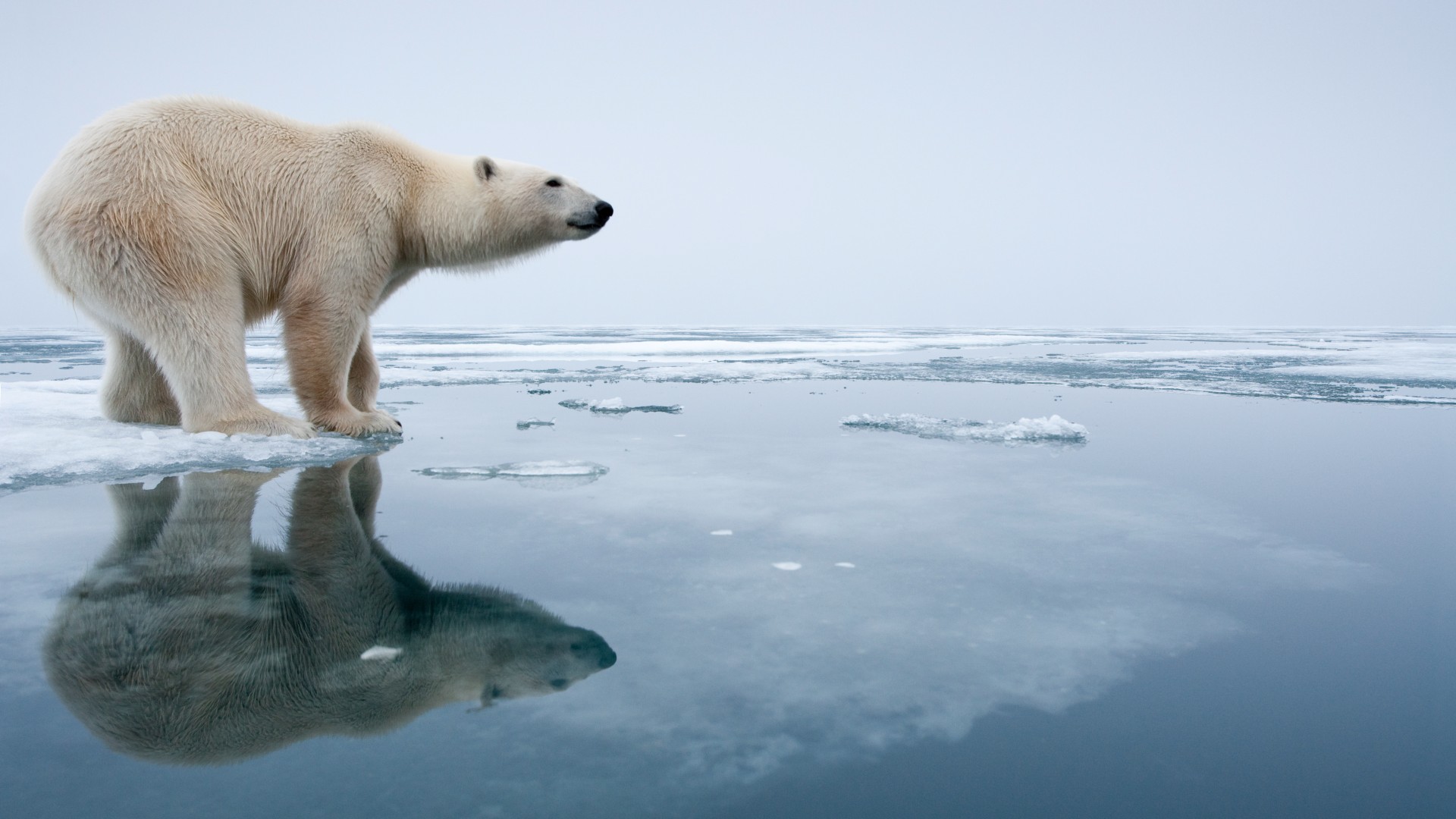
As climate change transforms our world, the impacts will be felt unequally, with some animals struggling to survive and others finding ways to overcome the resulting challenges.
This phenomenon is increasingly described as the "winners and losers under climate change," said Giovanni Strona, an ecologist and former associate professor at the University of Helsinki, now a researcher at the European Commission. Strona led a 2022 study, published in the journal Science Advances, that found that under an intermediate emissions scenario, we stand to lose, on average across the globe, almost 20% of vertebrate biodiversity by the century's end. Under a worst-case warming scenario, that loss rises to almost 30%.
So which animals are the "winners," and how well will they really fare under increasing temperatures, drought and habitat loss?
Related: When did scientists first warn humanity about climate change?
Everything is connected
There's no doubt about the threats to Earth's biodiversity from climate change and habitat destruction. In 2022, the World Wildlife Fund (WWF) released the Living Planet Report, which described a 69% decline in the relative abundance of monitored species since 1970. Meanwhile, 1 million species now face extinction across our planet because of these twin threats, according to the report. There's now mounting evidence that Earth is experiencing its sixth mass extinction.
Climate change contributes to these extinction risks in complex and interconnected ways, some of which are still-unknown. It will affect populations directly by inducing extreme weather events, like storms; by driving up temperatures or reducing rainfall beyond the thresholds a species needs to survive; and by shrinking key habitats on which animals depend.
As Strona's research showed, climate change can also have indirect effects that ripple through an ecosystem. He and his team built several model Earths incorporating over 15,000 food webs to represent the connections of many thousand terrestrial vertebrate species. Then, they simulated various climate and land-use change scenarios in these ecosystems.
Sign up for the Live Science daily newsletter now
Get the world’s most fascinating discoveries delivered straight to your inbox.
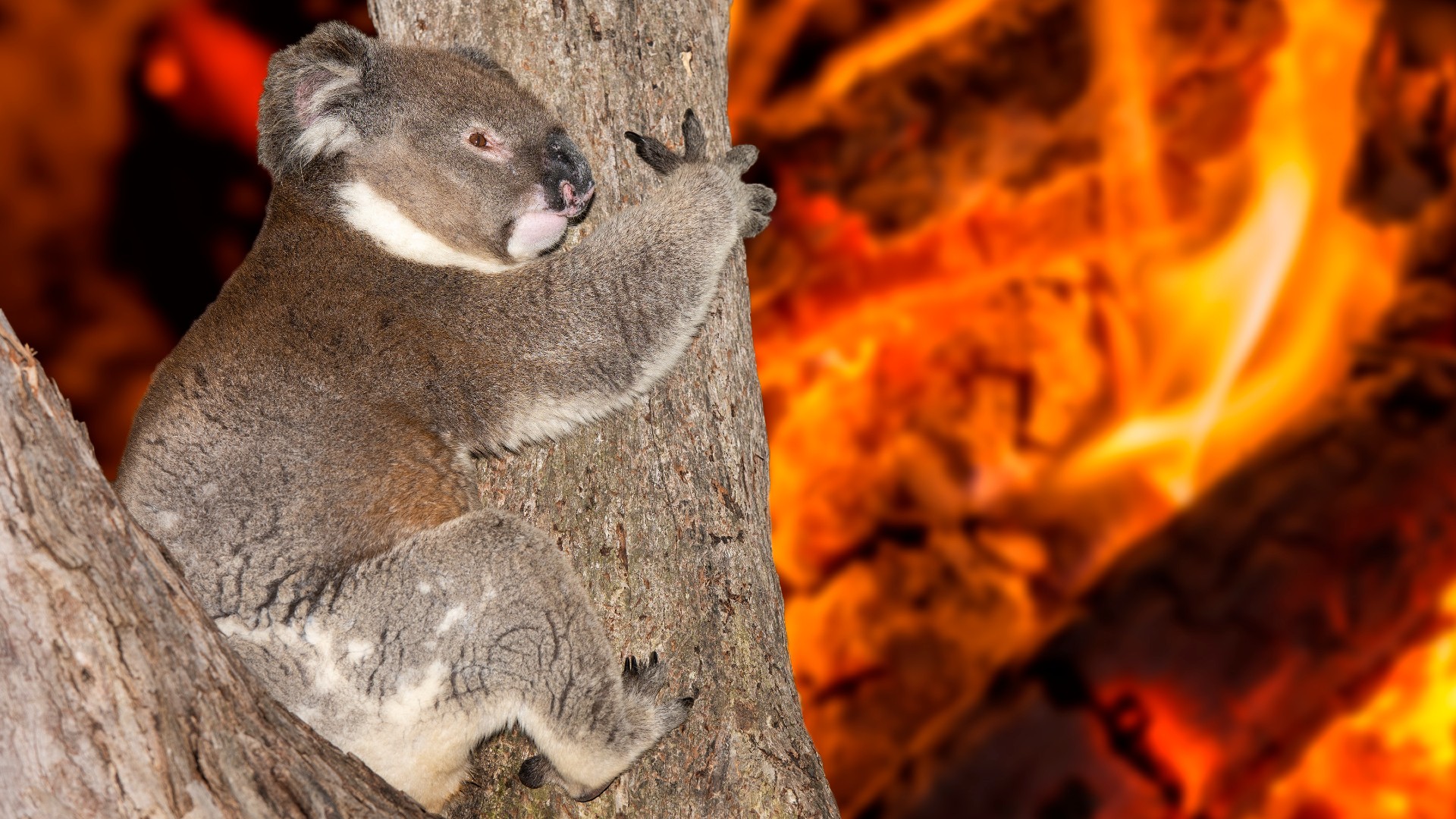
Their simulations showed that when climate change directly caused the loss of one species, it resulted in a cascading loss of several species that depend on that one species for food, pollination or other ecosystem services. This domino-like effect, known as "co-extinction," will drive the bulk of terrestrial vertebrate species diversity declines under projected climate change, the research predicts. Because the study didn't model the impact of climate change on communities of insects or plants, these findings are likely also optimistic, Strona said.
The huge complexity of animal relationships within natural ecosystems, plus the uncertainty over how extreme climate change will get, makes it difficult to drill down into such data and pinpoint which animals will do better than others as our world warms. However, Strona's research did pick up on a general trend: "What we found is that larger species and species at high trophic [food chain] levels will be more adversely affected," he told Live Science.
So animals with lower positions in the food chain, such as insects or rodents, may fare better in a warming world.
Related: What would happen to Earth if humans went extinct?
Adaptable animals
Larger species tend to reproduce more slowly, and that's another clue researchers have connected to climate vulnerability.
Another recent study, published in the journal Global Change Biology, looked at 461 animal species across six continents and analyzed the disruptive effects of historical land-use and temperature changes on their populations. "What we found in our study is that species that breed really fast are really good at exploiting new habitats — taking energy and transforming it into offspring," study lead author Gonzalo Albaladejo Robles, a conservation biologist at University College London, told Live Science.
Faster breeding may benefit species in a changing climate because they're more adaptable to changing habitats; fast breeding cycles give these species an "opportunity to survive these peaks in environmental disruption," such as extreme weather or habitat loss, Albaladejo Robles explained. Meanwhile, slower-breeding animals showed the opposite trend in the study, and their populations declined when temperature and habitat changed.
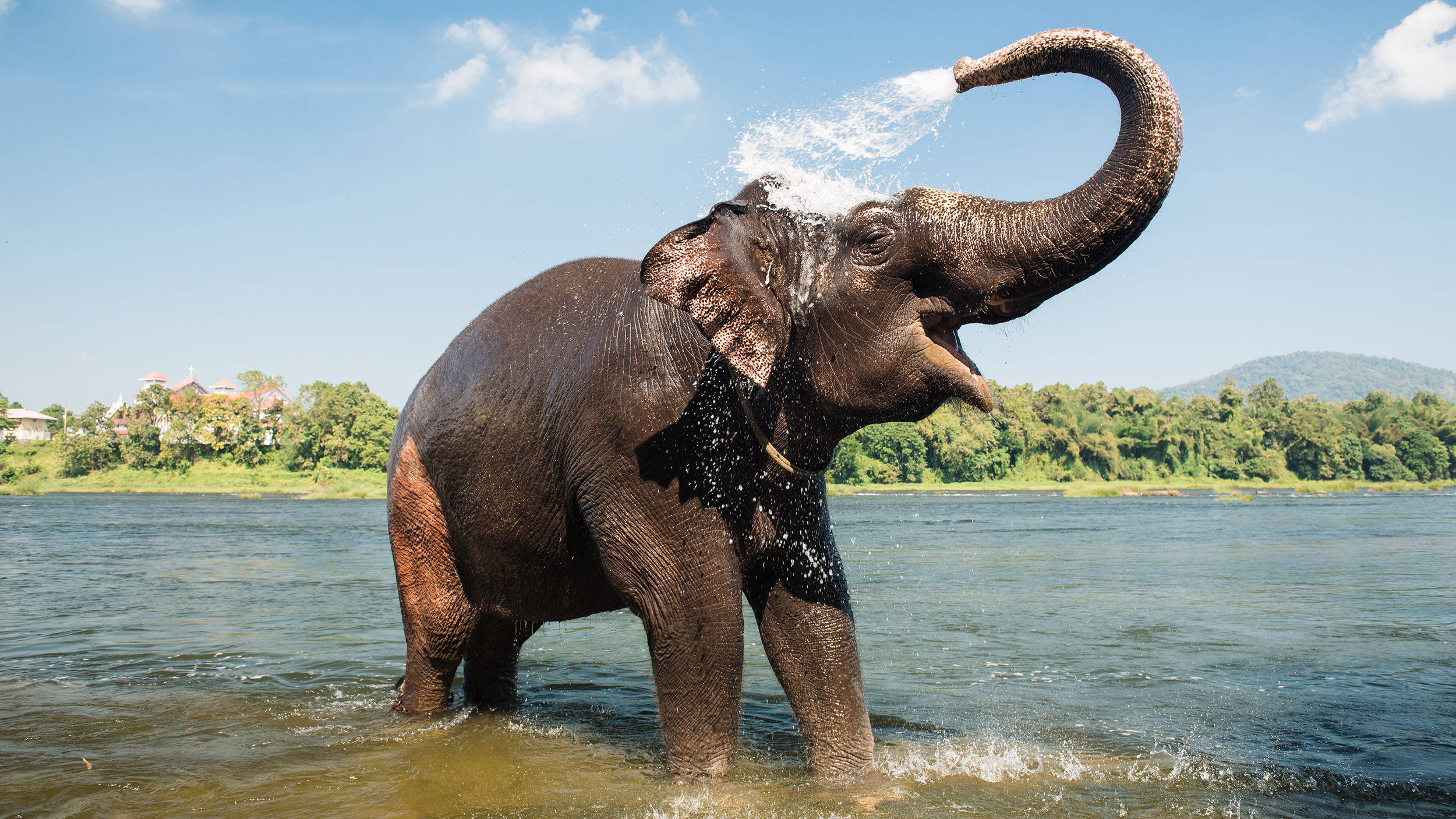
Size is a factor that may also work against species. For instance, bigger animals might struggle more under climate change because they typically need larger stretches of uninterrupted habitat, as well as more food, which is easily threatened by habitat loss and the landscape and resource impacts of climate change, Albaladejo Robles said.
"If you're an elephant, it's more likely that you're going to be sensitive to severe droughts, and also deforestation, than other smaller species that need less resources," Albaladejo Robles said. "Generally speaking, small species are going to be more likely to survive human-change interactions, like climate change and land use change."
Species with more niche diets, such as pandas and koalas, may be at increased risk under environmental change, too. By contrast, the broad diets of generalist feeders, such as crows and raccoons, give them a wide range of foods to fall back on if one food source disappears.
The ability to migrate and adapt to different habitats could also insure animals against an uncertain future. For instance, many creatures that can survive only at frozen latitudes or in coral reefs, which will dwindle under continued warming, face greater risks. Research has also unearthed evidence that animals such as parrots, bats and shrews are "shape-shifting" over generations, developing bigger beaks, wings and tails to help them cool down more effectively in warmer climates, and possibly making them more adaptable.
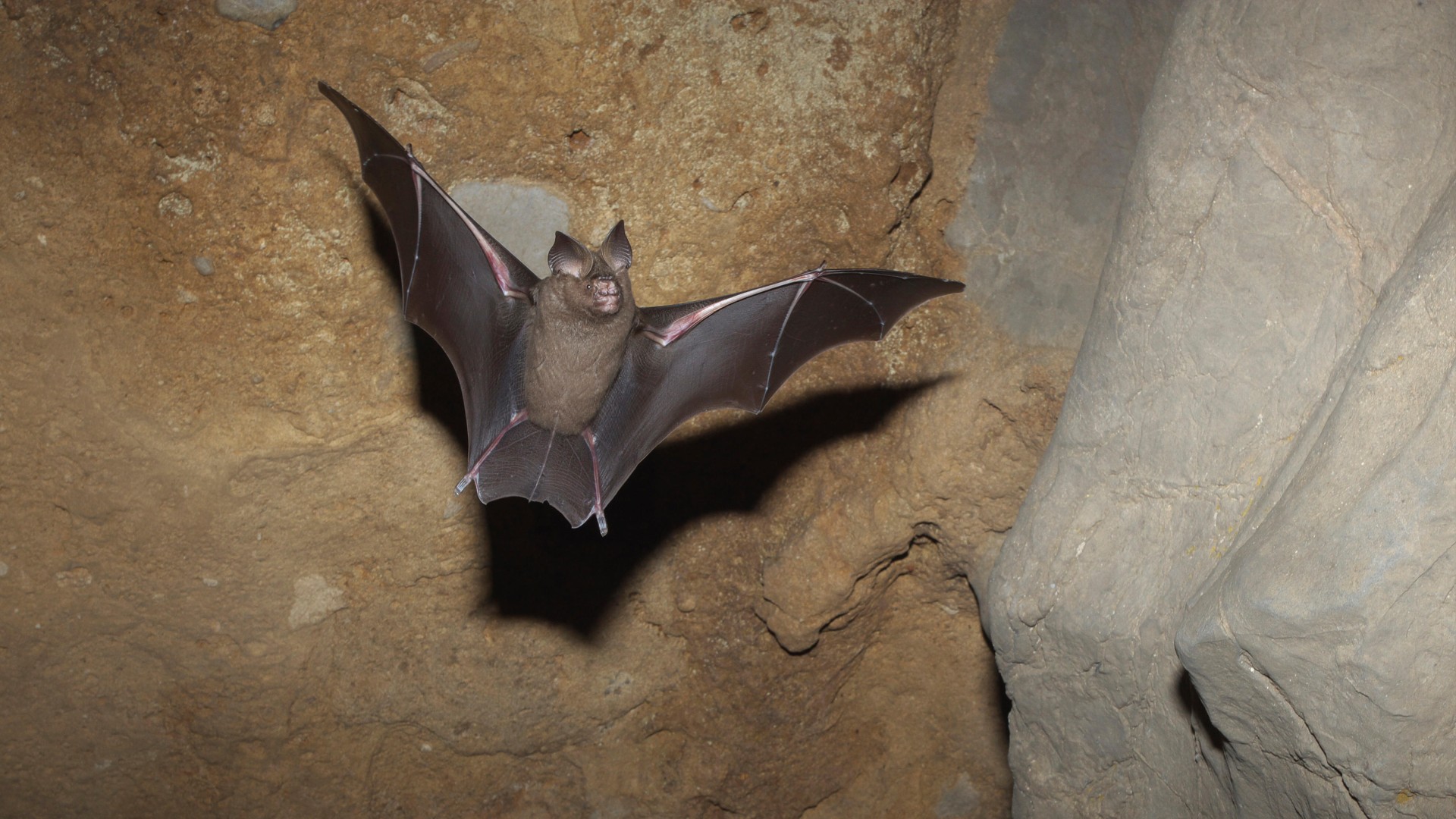
All this suggests that animals that are more resilient to habitat disruption and temperature changes are most likely to thrive in a warmer world. For clues to which species that future might include, just look to the unfussy, generalist, fast-breeding species that occupy the most disrupted habitats on our planet: cities. Those include cockroaches, mice, rats, crows, pigeons, some raptors, monkeys and raccoons.
Related: Could climate change make humans go extinct?
And that's assuming we don't end up with catastrophic levels of heat that stretch beyond the thermal limits of those species. If that scenario were to unfold, we'd be looking at a world populated by extremophiles like tardigrades, also known as water bears. These tiny creatures can go into a state of hibernation that almost completely shuts down their metabolism, enabling some tardigrade species to weather extreme cold of minus 320 degrees Fahrenheit (minus 196 degrees Celsius), and heat of up to 300 degrees Fahrenheit (150 degrees Celsius).
And yet, even their seemingly indestructible bodies have limits, according to some of Strona's previous research. This study, published in the journal Scientific Reports, simulated how tardigrades would fare under extreme cold and warming based on their temperature-tolerance levels alone. The research confirmed that the tardigrades could withstand incredible extremes. But when the researchers factored in the other species interactions that make up the ecosystems on which they depend, tardigrade populations plummeted under projected extreme warming that would decimate these other animals.
"Tardigrades are super resistant by themselves, but they need the other species to survive," Strona said.
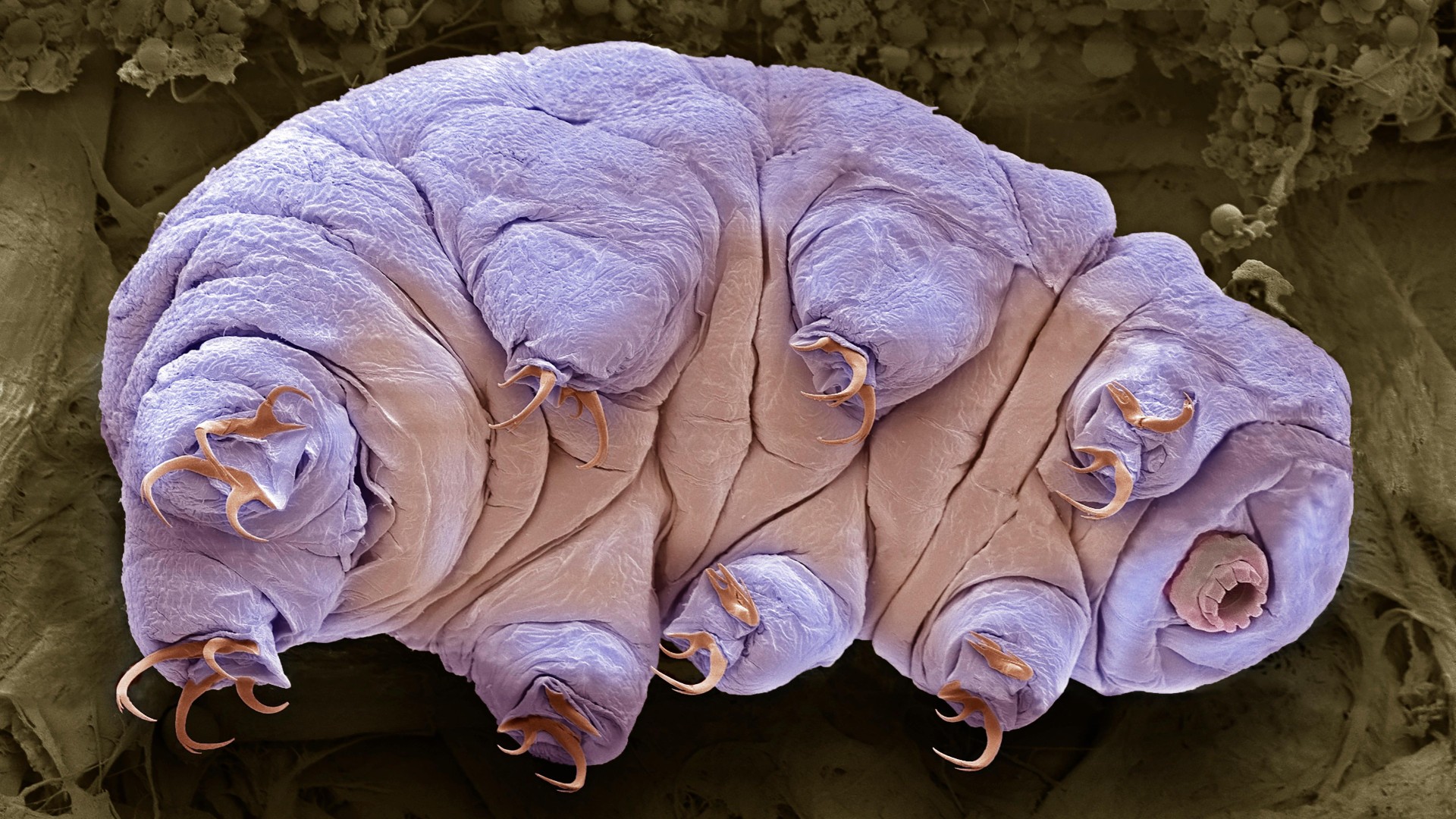
That is the flaw in the idea of "survivor species," he said, because it misses the need for whole ecosystems and their web of complex species interactions to sustain life on Earth, as the Science Advances research showed.
Instead of resting our hopes on some resilient species to survive under climate change, we need to protect whole ecosystems. That means slowing warming by curtailing fossil fuel consumption, limiting habitat destruction and reducing other human impacts on wildlife, experts say.
Projections can help by shining a spotlight on the most vulnerable animals that need our immediate attention. Even better, paired with the likes of recent research that identifies projected habitat refuges for climate-threatened animals, we can proactively protect whole ecosystems that keep species interconnected.
There may be short-term "winners" under projected climate change. "But what matters, I think, is the net balance," Strona said. "My perception is that there will be much more losers than winners" — and ultimately, those losers could include us, he said.
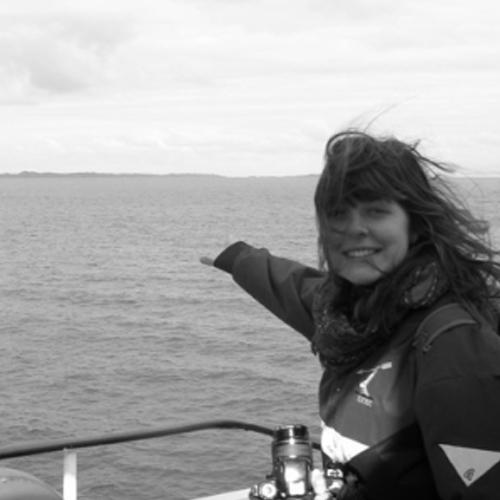
Emma Bryce is a London-based freelance journalist who writes primarily about the environment, conservation and climate change. She has written for The Guardian, Wired Magazine, TED Ed, Anthropocene, China Dialogue, and Yale e360 among others, and has masters degree in science, health, and environmental reporting from New York University. Emma has been awarded reporting grants from the European Journalism Centre, and in 2016 received an International Reporting Project fellowship to attend the COP22 climate conference in Morocco.









